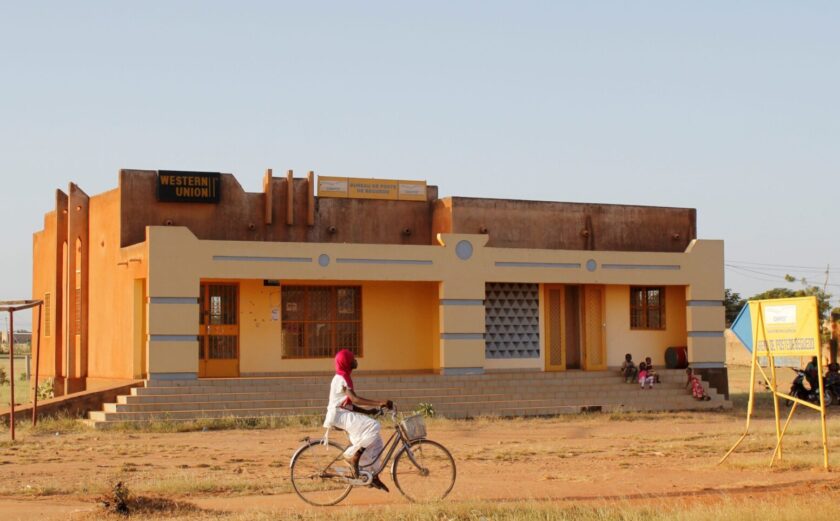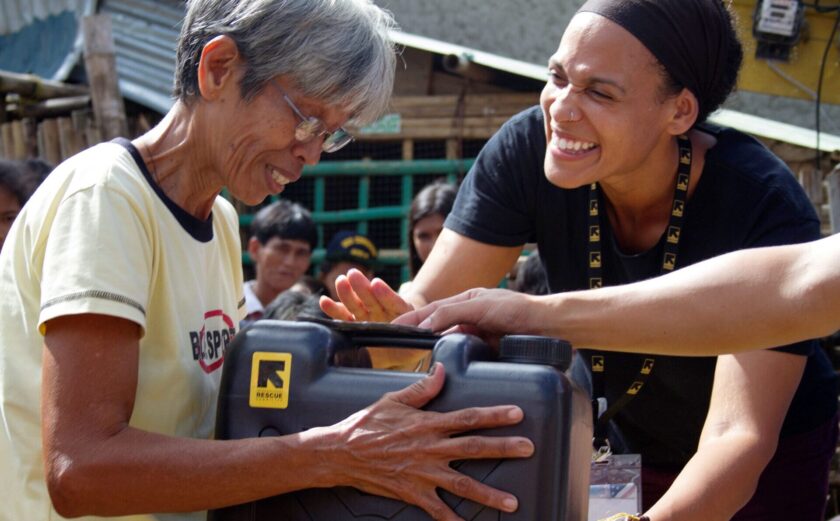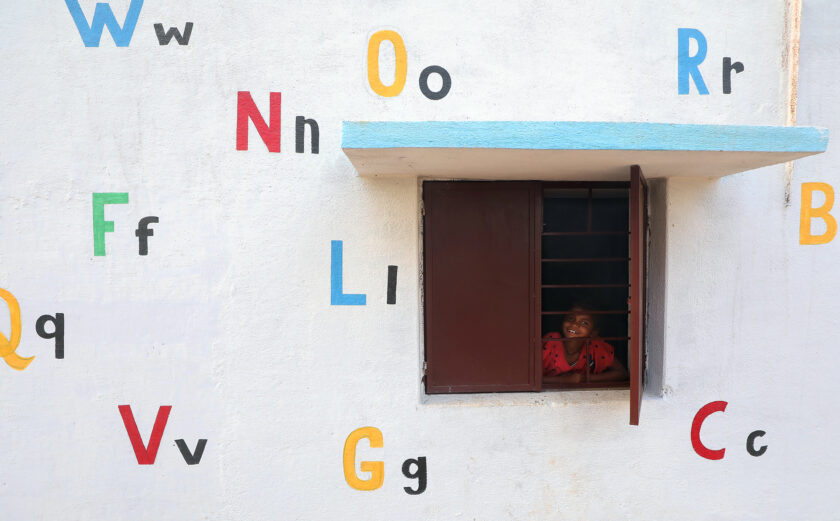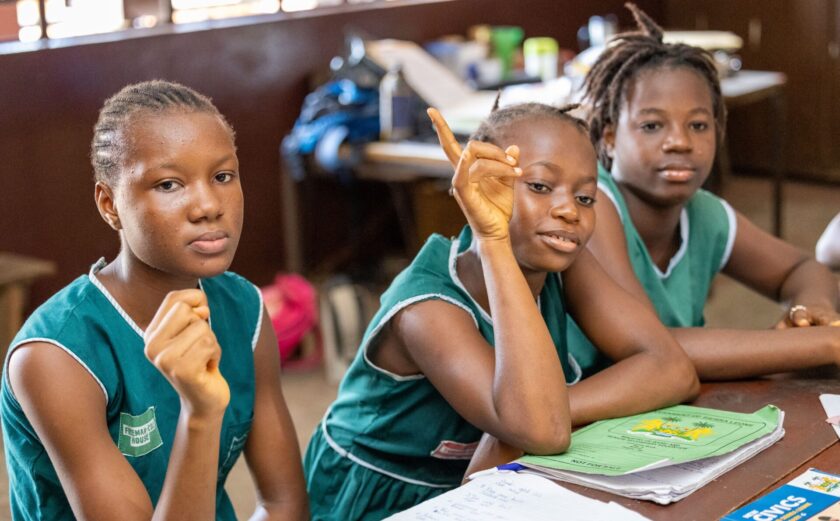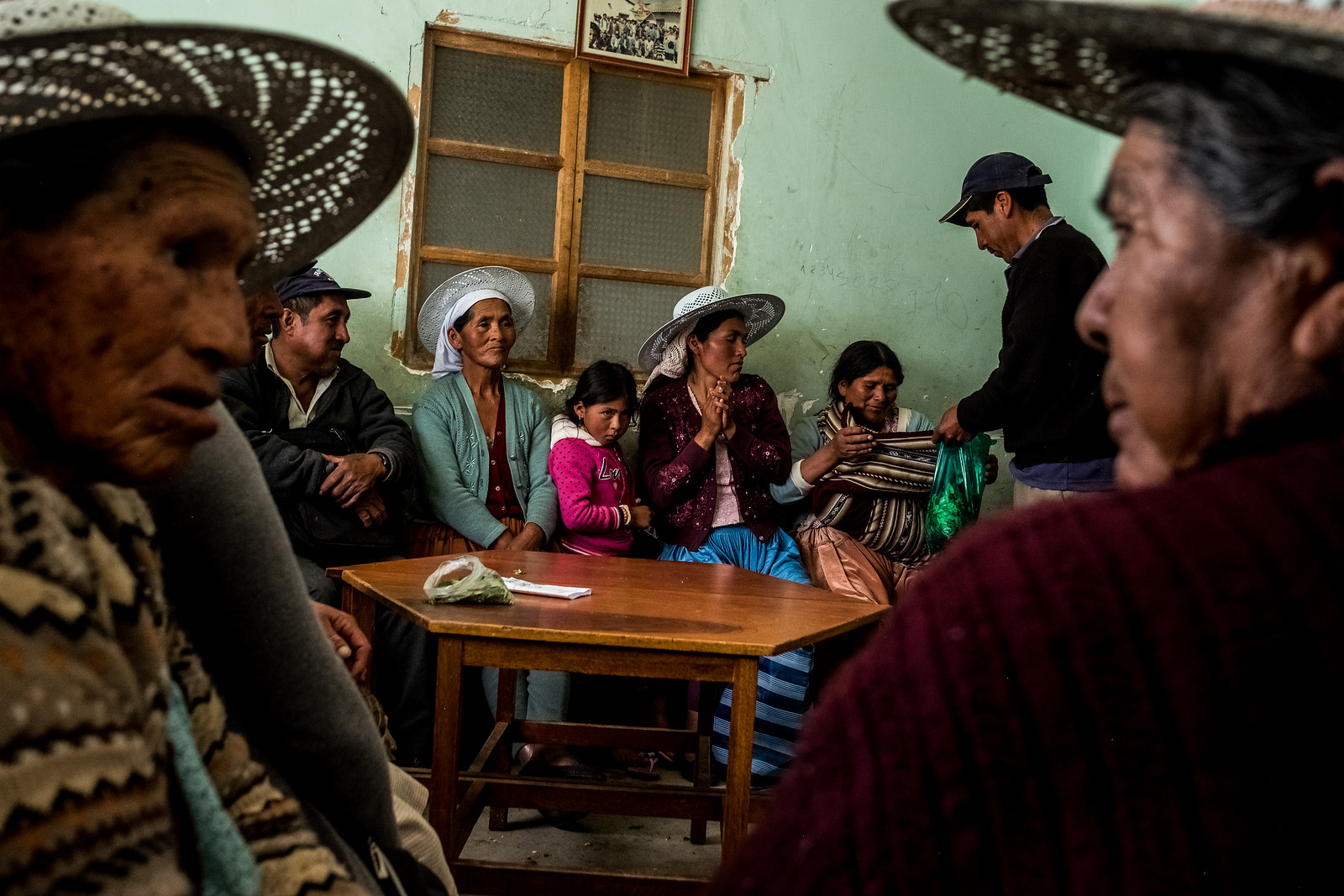
Making the Invisible Visible
Climate Impacts on Indigenous Peoples in the Americas
Indigenous peoples are at the forefront of adaptation and mitigation in the existential race to address climate change.
Despite being the lowest collective emitters of greenhouse gases, the world’s more than 370 million Indigenous peoples bear the brunt of our changing climate. For these already marginalized communities, the stakes could not be higher.
In North America alone, tribal land accounts for over 95 million acres. Land is central to Indigenous peoples’ identities, as the way they interact with the natural world underpins enduring cultural customs. As the traditional stewards of the world’s ecosystems, Indigenous peoples play a critical role in mitigating climate change and increasing the resilience of their communities. From boosting local shellfish populations by managing tidal flows to rebuilding salmon habitats by relocating beavers to their traditional watersheds, Indigenous peoples have a reservoir of multi-generational knowledge that, beyond its intrinsic value to Indigenous life, is an effective bulwark in mitigating environmental degradation.
But the efforts of one segment of society are not enough to overcome a threat that requires collective action.
For Indigenous peoples, the impacts of climate change are especially destructive. Traditional subsistence lifestyles are increasingly vulnerable to climate shocks that threaten natural resources. For example, coastal tribes consume nearly 15 times as much seafood as coastal non-indigenous populations. Rising sea levels, stronger storm surges, and ocean acidification all deplete local marine life stock, fueling food insecurity.
The prevalence of socioeconomic risk further endangers Indigenous peoples. Higher poverty rates and less access to education, housing, and employment exacerbate climate change’s impacts on tribes, jeopardizing livelihoods and economies.
Moreover, climate change is undermining Indigenous peoples’ right to self-determination in their socioeconomic and cultural development. Resource scarcity and harsher environments are hindering occupancy on ancestral lands. Around the world, Indigenous populations are being displaced by climate change. Melting permafrost and widespread erosion has already forcibly displaced many Alaska Native villagers. Climate-induced migration is happening now and will only increase over the coming decades, elevating the risks of ethnic and racial discrimination against Indigenous people.
A key tenet of InterAction’s recent NGO Climate Compact is to “ensure that the voices of affected peoples and communities and the local institutions that serve them are represented in policy and programmatic decisions.” The climate advocacy community must be inclusive of Indigenous voices in its efforts. Combatting climate change is a collective challenge, and building long-term resilience for diverse communities will require the incorporation of Indigenous knowledge and practices.
To learn more about Indigenous peoples’ efforts on the front lines of the response to climate change, and how the advocacy community can support the inclusion of their voices, please virtually join InterAction and Church World Service for “Making the Invisible Visible on Indigenous Peoples’ Day: Climate Impacts on Indigenous Communities in the Americas” on Wednesday, October 14th. RSVP HERE.
Vea a la invitación en Español AQUÍ.
